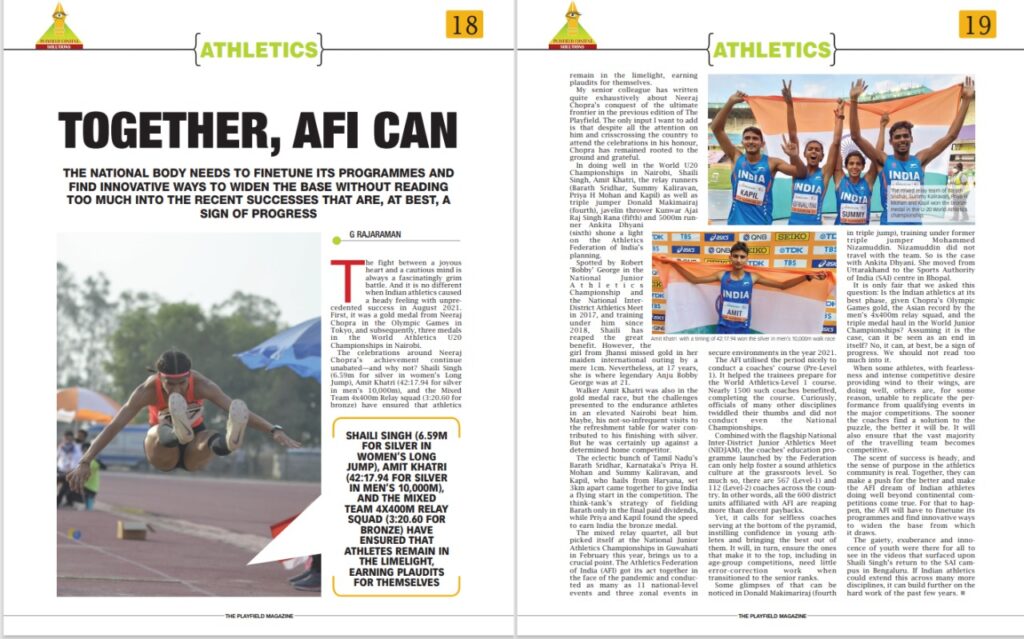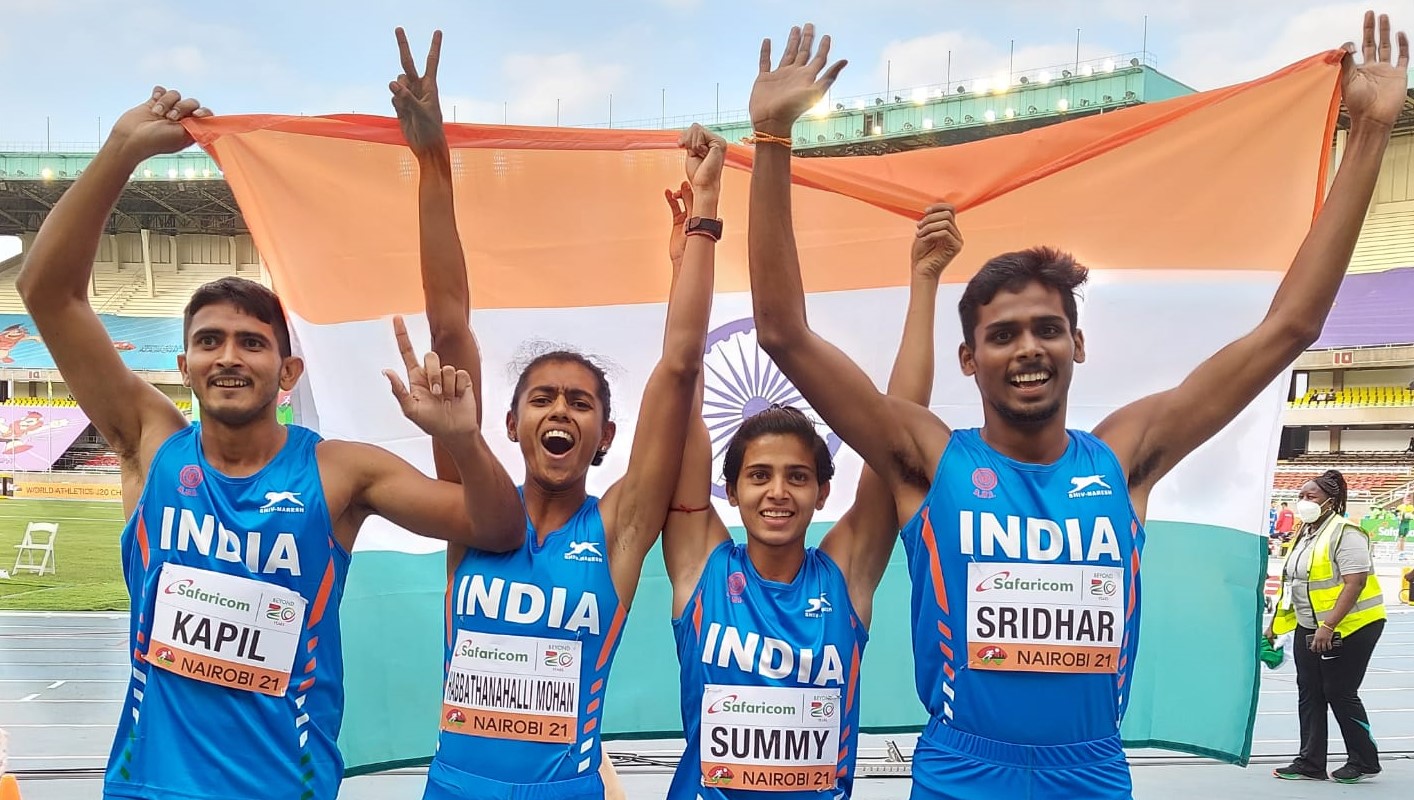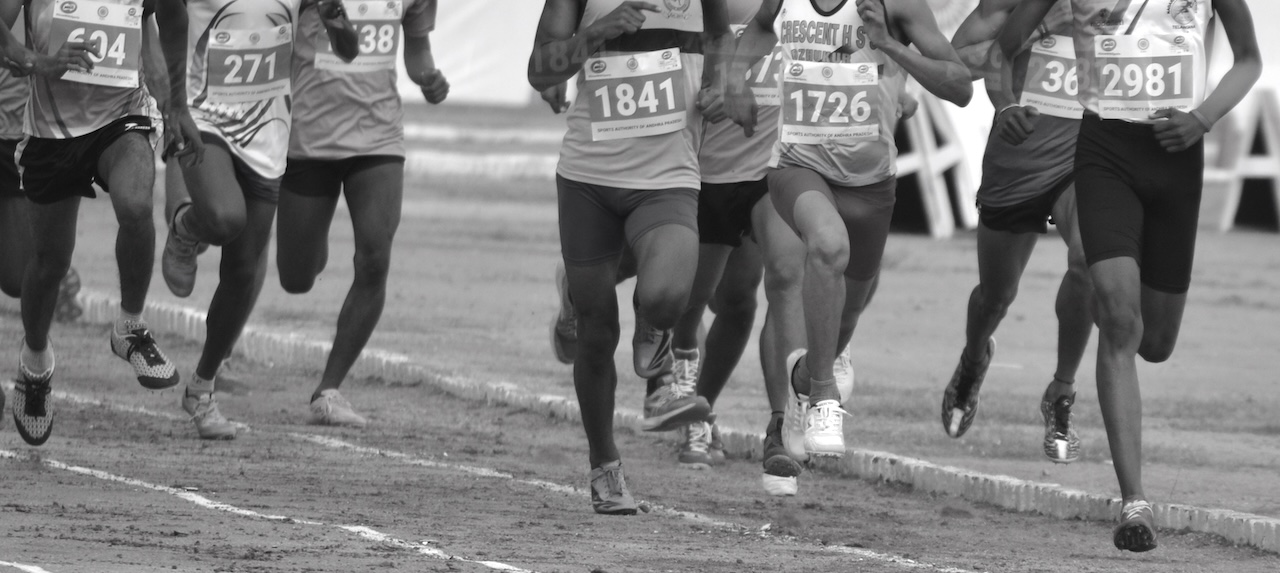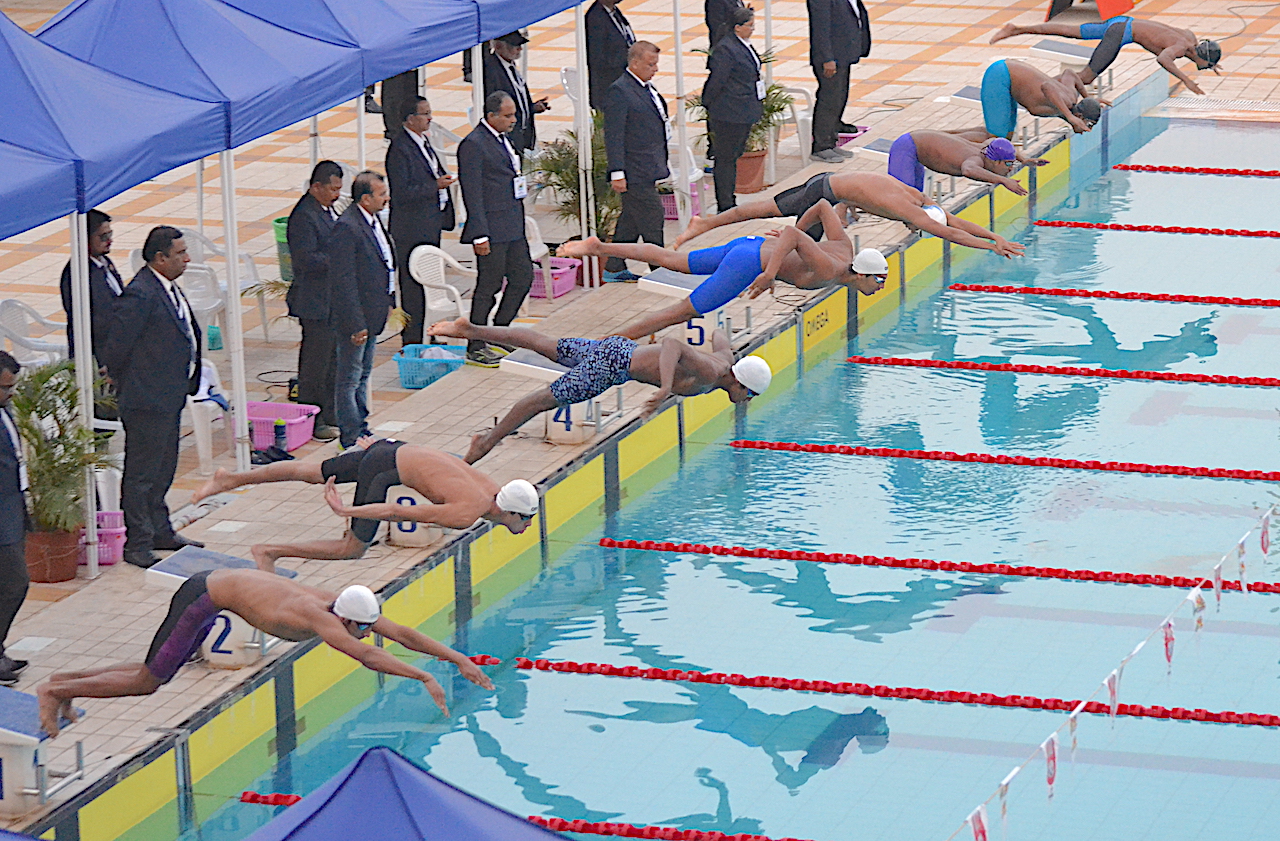AFI dream of Indian athletes doing well beyond continental competitions can come true if it finetunes its programmes and also finds inno vative ways to widen the talent base.
The fight between a joyous heart and a cautious mind is always a fascinatingly grim battle. And it is no different when Indian athletics has caused a heady feeling with unprecedented success in August 2021, first with a gold medal for Neeraj Chopra in the Olympic Games in Tokyo and then with three medals in the World Athletics U20 Championships in Nairobi.
The celebrations around Neeraj Chopra’s achievement continue unabated – and why not? – while Shaili Singh (6.59m for silver in women’s Long Jump), Amit Khatri (42:17.94 for silver in men’s 10,000m) and the Mixed Team 4x400m Relay squad (3:20.60 for bronze) have ensured that athletics remains in the limelight, earning plaudits for themselves.
My senior colleague R Ramachandran has written quite exhaustively about Neeraj Chopra’s conquest of the ultimate frontier in the previous edition of the Playfield. The only input I will want to add is that despite all the attention on him and despite having to criss-cross the country to attend the celebrations in his honour, he has remained rooted to the ground and grateful.
In doing well in the World U20 Championships in Nairobi, Shaili Singh, Amit Khatri, the relay runners (Barath Sridhar, Summy Kaliravan, Priya H Mohan and Kapil) as well as Triple Jumper Donald Makimairaj (fourth), Javelin Thrower Kunwar Ajai Raj Singh Rana (fifth) and 5000m runner Ankita Dhyani (sixth) shone a light on Athletics Federation of India’s planning.
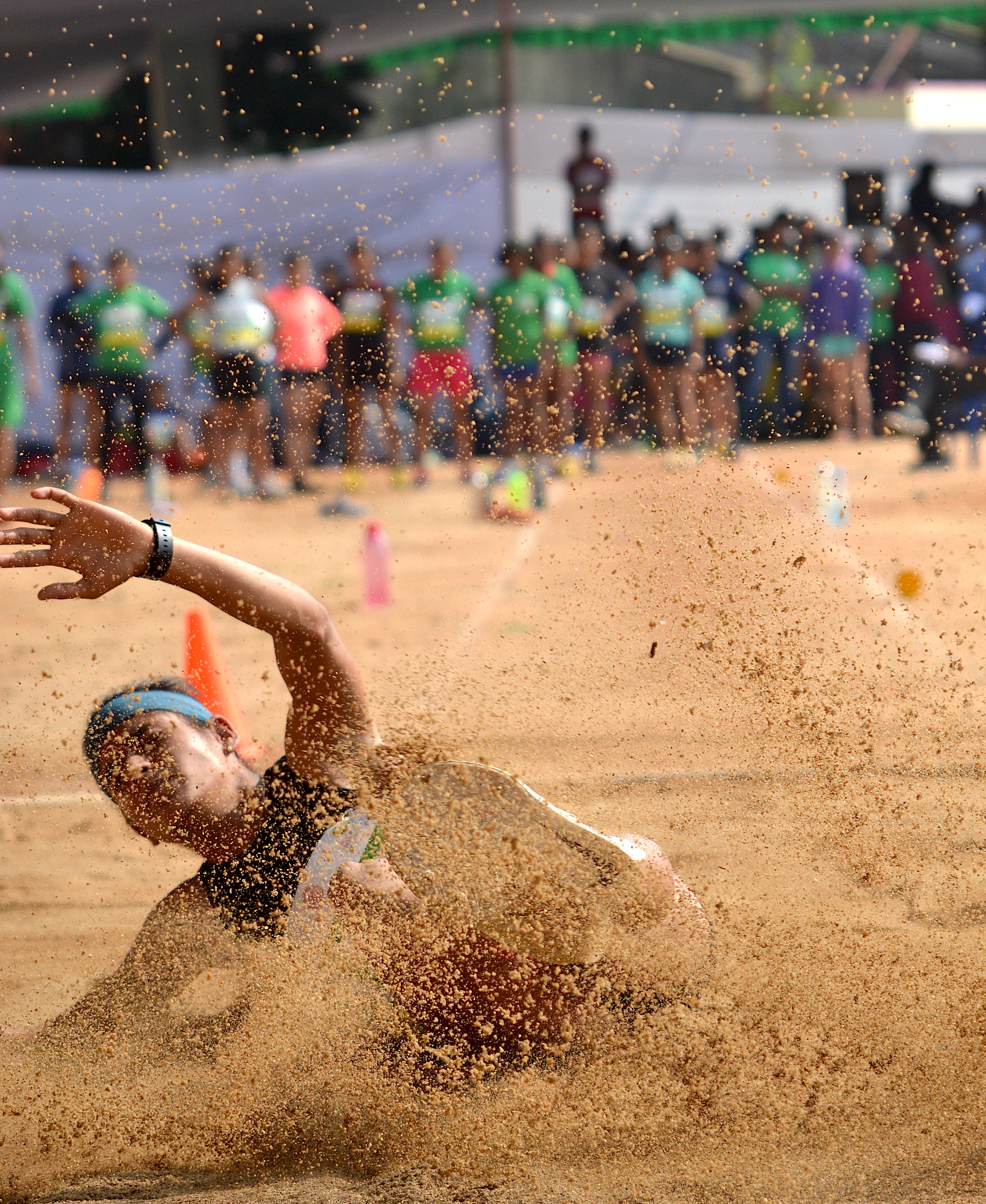
Being spotted by coach Robert ‘Bobby’ George in the National Junior Athletics Championship and the National Inter-District Athletics Meet in 2017 and trained by him since 2018, Shaili Singh has reaped great benefit. The girl from Jhansi missed gold in her maiden international outing by a mere 1cm but at 17 years, she is where legendary Anju Bobby George was at 21.
Race walker Amit Khatri was also in contention for the gold medal but he was beaten by the challenges presented to the endurance athletes by Nairobi’s elevation. His not infrequent visits to the refreshment table for water could have contributed to his finishing with silver but he was up against a determined home competitor.
The eclectic bunch of Tamil Nadu’s Barath Sridhar, Karnataka’s Priya H. Mohan and Summy Kaliravan and Kapil, who hail from Haryana villages set 3km apart came together to give India a flying start in the competition. The thinktank’s strategy of fielding Barath only in the final paid dividends while Priya and Kapil found the speed to earn India the bronze medal
That the mixed relay quartet all but picked itself at the National Junior Athletics Championships in Guwahati in February this year brings us to a crucial point. The Athletics Federation of India got its act together in the face of the pandemic and conducted as many as 11 National-level events and three zonal events in secure environments in the year 2021.
Curiously, officials of many other disciplines twiddled their thumbs and did not conduct the National Championships. AFI also used the time to create and conduct a pre-level 1 coaches’ course that would set the trainees up nicely to take up the World Athletics Level 1 course for coaches. Nearly 1500 such coaches have completed the course.
Combined with the flagship National Inter-District Junior Athletics Meet (NIDJAM), the coach education programme launched by the Federation can only help foster a sound athletics culture at the grassroots level. With as many as 567 Level 1 and 112 Level 2 coaches across the country, each of the 600 districts affiliated to AFI’s State units may have adequate manpower.
Yet, it calls for selfless coaches to serve at the bottom of pyramid and inculcate the right habits in young athletes. That will ensure that those making it to the top even in the age-group competitions do not need much work by way of error correction when they transition to the senior ranks.
We are already seeing some glimpses through former Triple Jumper Mohammed Nizamuddin who trains Donald Makimariraj (fourth in Triple Jump) but did not travel with the team. Or for that matter in Ankita Dhyani’s move from Uttarakhand to the Sports Authority of India centre in Bhopal where she gets to train better.
It is only fair that we ask the question if this is the best phase of Indian athletics, given Neeraj Chopra’s Olympic Games gold, the Asian record by the men’s 4x400m relay squad and the triple medal haul in the World Junior Championships? It may be but that cannot be seen as an end in itself. Instead, it must only be perceived as an indication of progress.
While some athletes, with fearlessness and intense competitive desire providing wind to their wings, are doing well, others are, for some reason, unable to replicate the performance from qualifying events in the major competitions. Sooner than later, coaches will have to find a solution to the conundrum and ensure that a vast majority of the travelling team is competitive.
The scent of success is heady and the sense of purpose in the athletics community real. Together, they can make a push for the better and make the AFI dream of Indian athletes doing well beyond continental competitions come true. For that to happen, AFI will have to not only finetune its programmes but also find innovative ways to widen the base from which it draws.
The gaiety, exuberance and innocence of youth were there for all to see in the videos that surfaced upon Shaili Singh’s return to the Sports Authority of India campus in Bengaluru. If Indian athletics can extend this across many more disciplines, it can ensure that the hard work of the past few years can be built upon.
This article was written for The PlayField online magazine and was published in the issue dated September 4, 2021
